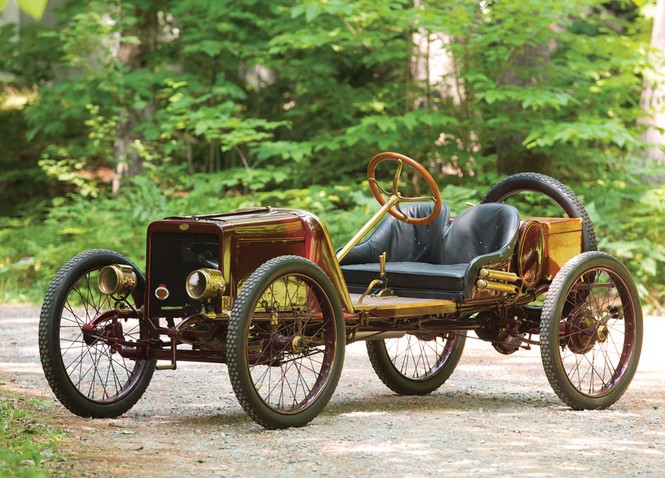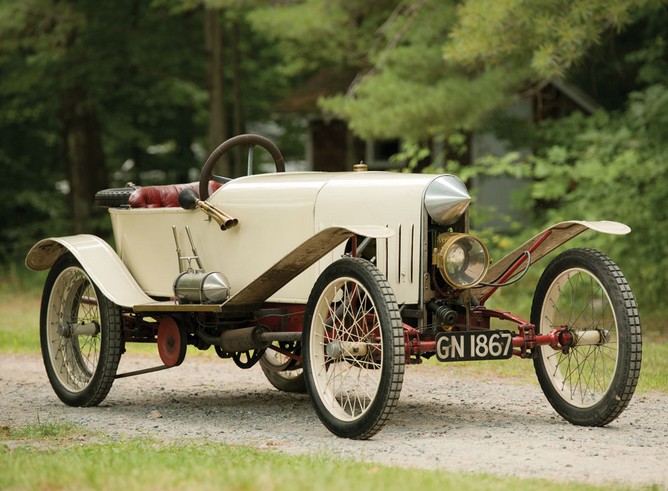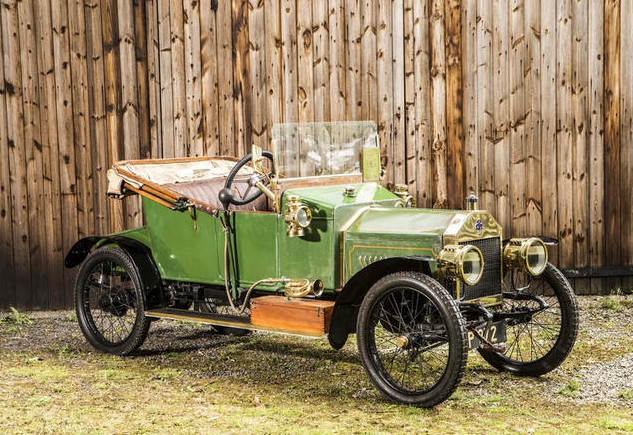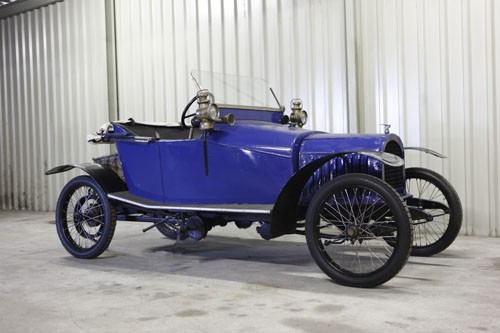Four More from Artcurial
Offered by Artcurial | Paris, France | February 9, 2018
1931 Villard Type 31A

Photo – Artcurial
Sté de Automobiles Villard existed in France between 1925 and 1935. They were primarily known for building a three-wheeled cyclecar. They sold some four-wheeled cars in 1927 and in 1931 introduced this as their “export” model. The intent for this particular model was to be sold in the United States, but it seems unlikely Villard ever moved many of them there.
It’s powered by a 500cc V-4. It’s said that this is the only such Villard known to exist, which might mean that it is the original prototype (which was known to have survived after successfully finding its way to the U.S.). In all, only 20 Villard automobiles of any type are known to exist. This one, in relatively good shape, should bring between $9,500-$15,000. Click here for more info.
Update: Sold $21,903.
1922 EHP Type B3

Photo – Artcurial
EHP, which stands for Établissememts Henri Precloux, after the man who founded it, built cars out of La Garenne-Colombes, Paris, between 1921 and 1929. EHP cars are notable for being shaft-driven and also for their competition outings, something many cyclecar manufacturers did not do.
This Type B3 is powered by a 893cc SCAP straight-four. A tiny, two-seat coupe, this car is in need of a full restoration. EHP cars aren’t seen often and this one should bring between $7,000-$12,000. Interesting note… there were all these guys who founded car companies before 1930 and when they failed, no one really knows what happened to them. Well it turns out that, in the 1960s, Henri Precloux was working as a welder in Paris. Fun fact. Click here for more about this car.
Update: Sold $26,284.
1925 Monet & Goyon Type VM2 Cyclecar

Photo – Artcurial
Here is a cyclecar from a cycle manufacturer. Monet-Goyon was founded in 1917 by Joseph Monet and Adrien Goyon in France. As a motorcycle manufacturer, the company existed until 1959 – which is a fairly long time and their post-war bikes are fairly common. But few remember that for a few years in the 1920s they experimented with light automobiles.
The Type VM2 is powered by a 350cc single-cylinder Villiers engine making six horsepower. It has chain-drive and is apparently very light. Not many examples of Monet & Goyon’s four-wheeled vehicles still exist and few are as complete (if not as original) as this. It should bring between $7,000-$15,000. Click here for more info.
Update: Sold $7,301.
1911 Renault CB Surbaisse

Photo – Artcurial
We’ve done a couple of these posts the last few weeks featuring really obscure marques of cars. While this may be a Renault, it is too bizarre to pass up. The Type CB was introduced in 1911 and was Renault’s mid-range model, featuring a 12 horsepower straight-four.
The body is a Victoria-type with an uncomfortable front bench for the chauffeur (featuring no seat back… good posture required). The rear has a convertible top, which only does you any good if the sun is behind you. Otherwise you’re A) still getting burned by the sun; B) still getting wet and; C) still getting hit with bugs. This honestly just looks like a horse-drawn carriage you’d find in Central Park but with a big air-cooled motor up front. It’s unusual and should bring between $42,500-$67,000. Click here for more info and here for more from this sale.
Update: Sold $36,505.












